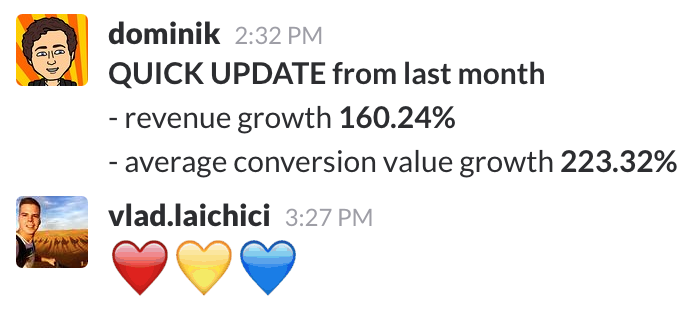Royal Philips is a company that is constantly changing and innovating to stay on top in the industries that it is operating in. In the current market, information strategy is becoming more and more important to its business model, especially because the company is transitioning from a hardware-only to a software one very rapidly.
The department we analysed its digital transformation journey is the Male Grooming department. Until 2014, Philips used to only sell hardware – shavers, body groomers, nose trimmers or hair clippers. However, for the past few years the company also started developing software applications for its customers. Philips managers want to enrich the conversation with consumers and offer them a perfect shaving, grooming and even health experience.
Information Technology plays a big role in the company’s Male Grooming department. Philips intends to use data gathered from software applications to learn about consumer behaviour and eventually offer them a personalized experience.
The Digital Male Grooming team already launched two propositions in the market that would make the department slowly step in the digital spectrum and create a more thorough conversation with them through software and Internet of Things (IoT). The first proposition is the Philips Grooming App. This application uses assessment to provide individualized feedback to consumers on which beard style would suit them best or on how to shave. The second significant IT-project done by Philips is represented by the Smart Shaver which was released to the market in March 2016. The value proposition of this product is to offer men with sensitive skin a personalized shaving system and a clean shave with no skin issues.
The company’s goal is to transform into a health and data driven business. Its top management believes that if it does not act now, its hardware will become commoditized. This threat of commoditization comes from the lack of opportunities of only innovating in hardware. In the past, Philips has been able to only make small incremental innovations with its products in the male grooming market. In addition, small new companies eat up the margins of bigger, established players. An example would be Agaro shavers in India that copy Philips’ models and beat Philips based on price competition.
Philips has a strong position in the market and owns a well-recognizable brand. It also owns domains knowledge, shaving and grooming assets, global markets and very complex channels to push their products in these markets. As stated above, Philips is aiming for a consumer-centric business, creating a platform for consumers. The company plans on getting there using different Philips devices as touch points to gather and correlate personal health and appearance data. For example products would also measure the health of one’s skin. Based on this data, but also the activities the person does (e.g. running, working out) and on other insights like weather, Philips envisions a service that would use all these inputs to give the best advice to customers on how to maintain or improve their skin.
GROUP 80





